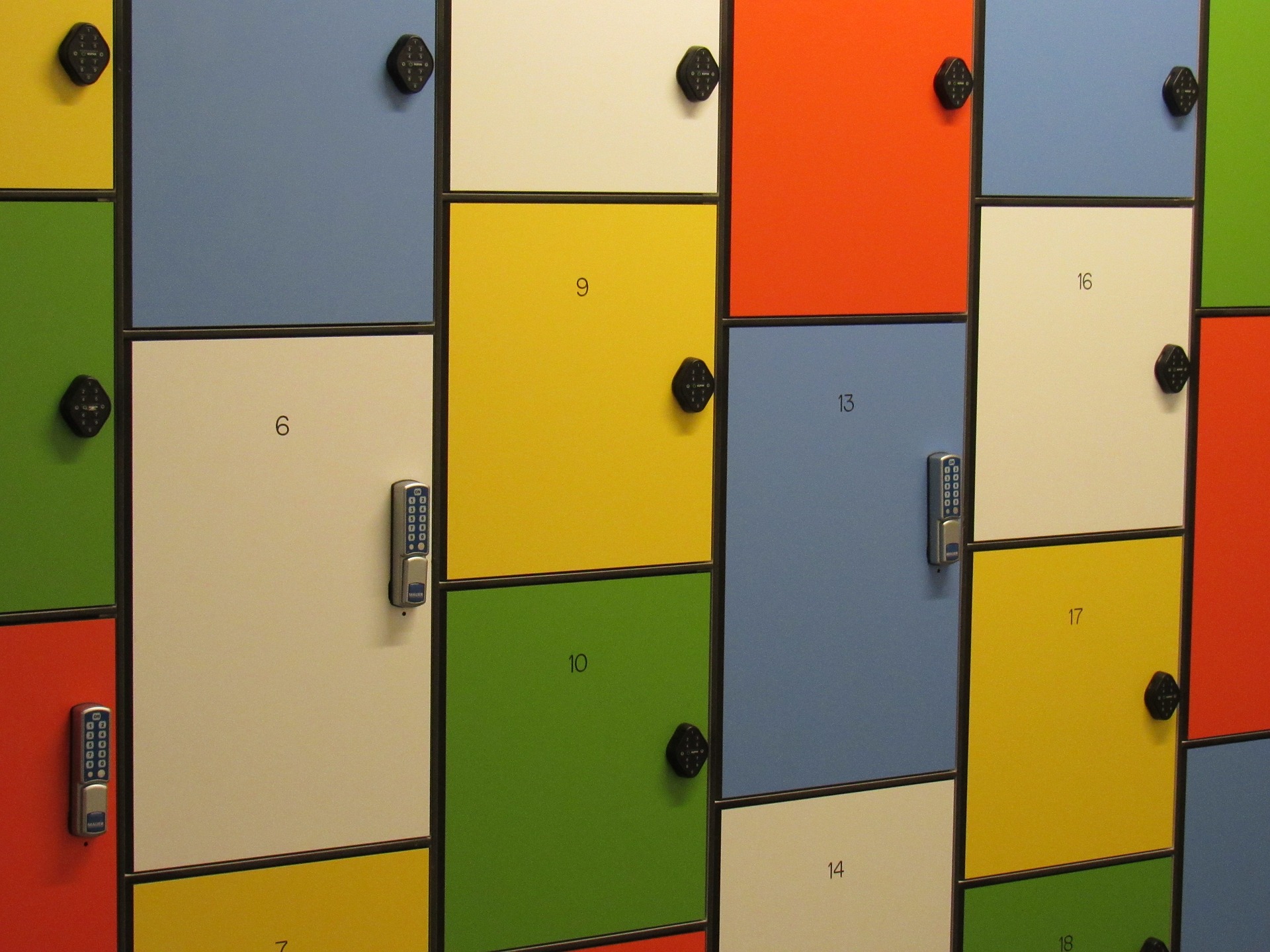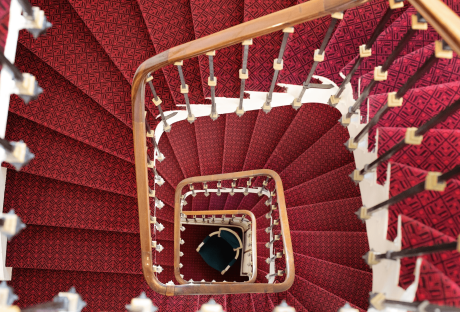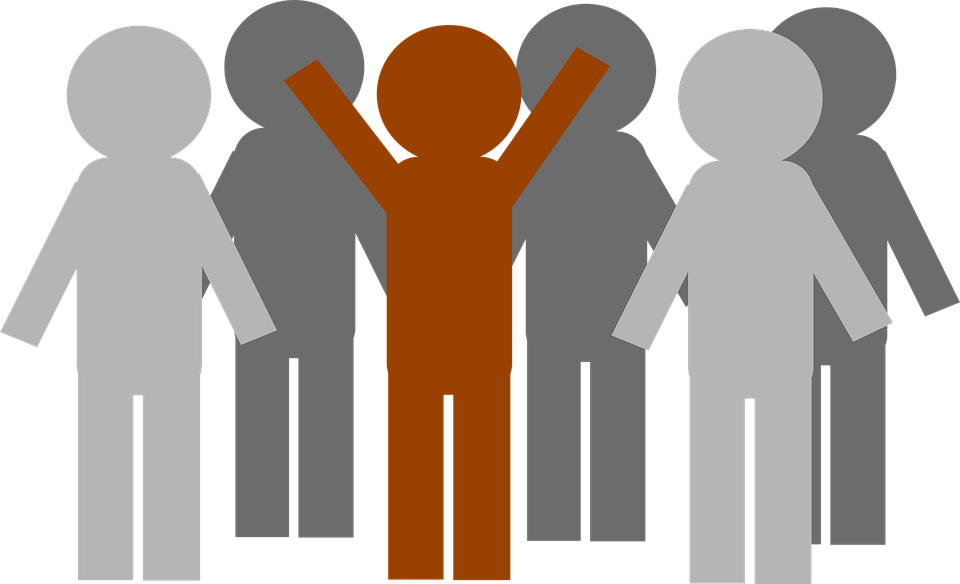Digital addiction is not a bona fide medical term – yet – but we are getting closer. The 11th edition of the International Classification of Diseases (ICD-11), released this June by the World Health Organization has introduced “Gaming disorder” as a true mental health condition. It has three categories – predominantly online, predominantly offline, and “unspecified” that covers pretty much every other disorder related to video games. Thus, video game addiction has officially become a mental health condition that can be diagnosed and treated by medical professionals.
What will be next? Well, one of the things that might make it into the next edition of the IDC is social media addiction, a phenomenon increasingly discussed by medical professionals all over the world.
What is social media addiction?
Today, communication is done mainly through digital channels – especially social networks like Facebook and its Messenger app, Instagram, Twitter, Reddit, Snapchat, and many others. Aside from allowing people to keep in contact and up-to-date with the things their friends and acquaintances do, these digital channels also create a sense of belonging among their users. But just like with any other product out there, moderation is key. Excessive use of social media is known to have a negative impact on the health and well-being of users. And the young – usually, they are the most enthusiastic about new services and technologies – are the most exposed to these negative effects.
A number of studies have been conducted to assess how excessive social media use affects the health of users. Many of them have reached the same conclusion – excessive social media use is associated with several psychological problems, ranging from depression and anxiety to ADHD and even addiction. This affects a minority of individuals but the effects are undeniable.
Smartphone rehab and digital detox:
The problem is big enough to prompt some in-depth studies and even treatment programs on the matter. A study conducted last year in the United Kingdom shows that kids as young as 12 have an issue maintaining a good balance between their “real” life and their digital one. At the same time, kids as young as 13 are reportedly being treated for “digital technology addiction” in the United States. There are “smartphone rehab” centers in many cities, offering recovery programs for teens unable to keep their use of digital devices under control. Sooner rather than later, excessive digital technology and social media use will be defined as a genuine mental disorder and be treated as such.
Until then, be sure to be a good example for your kids, reduce your phone use, and schedule “tech-free” activities to keep phone use at bay.
Read Also:






















